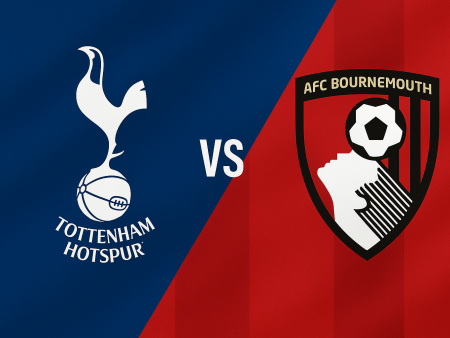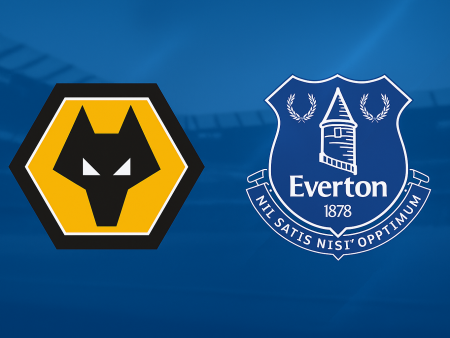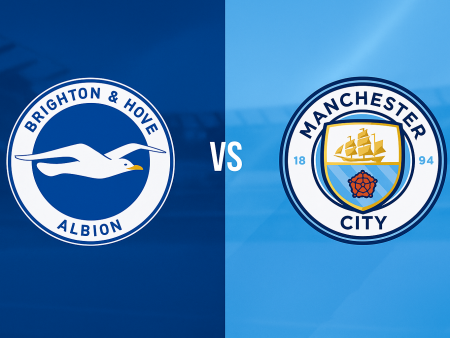Inside Pep Guardiola’s Tactical Approach at Manchester City: A 2019-20 Analysis
Manchester City’s 2019-20 season under Pep Guardiola has largely upheld the high standards expected of the reigning Premier League champions. Save for a surprising setback against Norwich City, Guardiola's squad has executed his philosophy with familiar efficiency. City’s hallmark qualities-precise possession, dynamic movement, and innovative use of space-are once again at the fore, with key figures like Kevin De Bruyne and Riyad Mahrez central to their success. This comprehensive tactical breakdown explores how Guardiola's approach has shaped Manchester City’s early season.
The Core Structure: Deployment of the 4-1-4-1 Formation
Guardiola has settled on the 4-1-4-1 formation as his foundation, a system he has trusted since his managerial stints at Bayern Munich and throughout his time with Manchester City. In the early stages of the 2019-20 campaign, this setup remains the strategic backbone, facilitating both defensive stability and attacking fluidity.
This formation features:
- A lone defensive midfielder (typically Rodrigo) shielding the backline and initiating play.
- Two attacking midfielders (De Bruyne, David Silva) who orchestrate attacks and support the lone striker.
- Inverted fullbacks (Kyle Walker, Oleksandr Zinchenko) shifting centrally during build-up to generate overloads.
- Wingers positioned high and wide (Bernardo Silva, Raheem Sterling, or Mahrez), stretching the field and isolating defenders.
- Sergio Aguero as the principal forward, remaining a consistent goal threat while Gabriel Jesus applies pressure for playing time.
The only notable departures from last season's lineup are the inclusion of Rodrigo, who has seamlessly replaced Fernandinho as the anchor in midfield, and increased minutes for Mahrez, whose partnership with De Bruyne on the right flank has proven particularly potent.
Evolution in Personnel and Roles
City’s tactical identity has adapted to changing personnel. With Vincent Kompany's exit and injuries sidelining Laporte and Stones, Nicolas Otamendi has become the team’s primary center-back, despite some questions over his suitability to Guardiola’s possession-oriented style. Fernandinho has been called upon to fill in at center-back, demonstrating versatility and tactical intelligence.
Meanwhile, Kevin De Bruyne’s return to full fitness and Mahrez’s resurgence have added fresh dimensions to City’s attacking play. The core midfield triangle-Rodrigo, Otamendi, and either Laporte or Fernandinho-remains fundamental in progressing the ball and maintaining structure.
Possession Play: Building from the Back
A central tenet of Guardiola's philosophy is constructive build-up from deep. The introduction of new goal kick rules has enabled defenders to start within their own box, and City fully exploit this, forming a diamond shape involving the center-backs and Rodrigo. Walker and Zinchenko, occupying advanced yet central positions, create numerical superiority and facilitate passing lanes, while wingers remain wide to offer outlets and stretch opposition defenses.
Key patterns include:
- Goalkeeper Ederson often initiating play with short passes to center-backs, who then involve Rodrigo or fullbacks to break pressing lines.
- Rotations that see Mahrez or Bernardo Silva drop deep, allowing Walker to invert or overlap as needed.
- Zinchenko typically remains wide on the left, enabling Sterling to operate close to goal.
While Otamendi’s ball-playing ability has sometimes fallen short under pressure, especially evident against Norwich, City’s overall structure allows them to progress play and create options between opposition lines.
The Tactical Importance of Inverted Fullbacks
City’s use of inverted fullbacks has been a hallmark of Guardiola’s tactical innovation. Rather than hugging the sidelines, Walker and Zinchenko often step into central midfield roles when City have possession. This central occupation:
- Overloads the midfield, drawing defensive attention inward.
- Frees up space for wingers (Sterling, Mahrez, Bernardo Silva) to maintain width and dominate one-on-one situations.
- Allows attacking midfielders (De Bruyne, Gundogan) to drift wide or exploit spaces between defenders.
Typically, both fullbacks do not invert simultaneously; as one moves inside, the other holds a more conventional position, ensuring balance and switch-of-play options. This fluidity keeps opponents guessing and unable to settle into fixed defensive assignments.
Dominance in Wide Areas: Creating and Exploiting Overloads
A key strength of Guardiola’s side lies in generating overloads on the flanks. By pushing fullbacks centrally and positioning wide players high, City consistently manufacture numerical advantages on either side. The right-sided combination of De Bruyne and Mahrez has been especially effective, with their interplay, pace, and late runs opening up defenses.
Key stats from the opening seven league matches:
- Mahrez and De Bruyne combined for 4 goals and 11 assists.
- De Bruyne leads the league with 29 chances created, Mahrez following with 20.
- De Bruyne has assisted Aguero three times; Mahrez has set up Sterling twice.
On the left, David Silva and Gundogan link fluidly with Sterling, who’s in prolific goal-scoring form. Interestingly, 42% of City's attacking play has originated from the left, compared to 33% down the right, emphasizing the team’s reliance on wide overloads to carve open opposition defenses. Rather than taking speculative shots from the touchline, City utilize these overloads to destabilize opponents and engineer high-quality chances in central areas.
Attacking Precision: Late Runs and Penetration in the Box
Despite their reputation for finesse, City frequently commit multiple players into the penalty area to finish attacks. Their approach features:
- Quick progression into advanced areas, spending 37% of possession time in the opposition third.
- 61% of shots taken from within the 18-yard box, maximizing scoring efficiency.
- Multiple threats-attacking midfielders, wingers, and Aguero or Jesus-timing late runs into the area to overwhelm defenders.
Bernardo Silva, Sterling, Gundogan, and Aguero have all demonstrated excellent movement to acquire prime shooting positions, especially when City’s playmakers deliver cutbacks or crosses from wide areas. De Bruyne’s creativity and precise deliveries have underpinned this approach, further reflected in his assist tally.
Summary: Guardiola’s Vision Endures
Although not leading the Premier League table as of this analysis, Manchester City’s start to the 2019-20 campaign affirms their relentless pursuit of excellence. Key tactical features-methodical build-up from the back, overloads in wide areas, positional rotations via inverted fullbacks, and expertly timed runs into the box-remain intact under Guardiola’s stewardship.
New faces like Rodrigo and a resurgent Mahrez have blended seamlessly, while stalwarts such as De Bruyne and Silva continue to drive the team’s creativity. With Guardiola’s ever-evolving approach and Manchester City’s deep talent pool, the club remains well-positioned to reclaim the top spot and maintain its influence on the evolution of modern football tactics.













